How to Use and Spread Mulch for Beginners
Mulching is an important gardening technique that can improve the overall health and appearance of your garden. While the idea of using and expanding mulch may not seem difficult to a novice, with guidance it becomes a simple and effective process.
This article will explain what mulch is and its many benefits and offer actionable advice on using mulch in your garden from specialists.


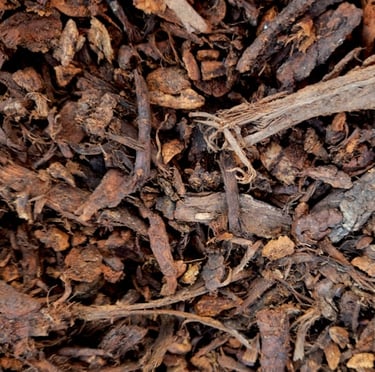

Key Takeaways
Benefits of Mulch: Retains moisture, sustainably suppresses weeds, improves soil health, regulates temperature, and enhances appearance in combo with ornamental plants.
Types of Mulch:
Organic: Wood chips, straw, compost (adds nutrients, needs replenishing).
Inorganic: Gravel, landscape fabric (long-lasting, no nutrients).
Selecting the Right Mulch: Choose based on climate, plant type, and garden goals (e.g., straw for vegetables, wood chips for flowers).
Preparing and Spreading Mulch: Clear weeds, prepare soil, edge beds, spread mulch 2-3 inches deep, keep away from plant stems.
Understanding Mulch
Mulch is an important part of gardening practice and includes a variety of soil materials. It plays an important role in growing a healthy garden by providing many benefits such as a protective layer.
Organic mulches such as sawdust and straw break down over time, enriching the soil with necessary nutrients and improving its structure.
On the other hand, inorganic mulches such as gravel and landscape fabric provide long-term plant protection and moisture retention.
Mulch can benefit permaculture gardening by promoting plant health and water conservation by regulating soil temperature, reducing evaporation, and preventing plant overgrowth. It can help you with growing basil, planting annuals, or caring for perennials.
Importance and Benefits of Using and Spreading Mulch in Your Garden
Moisture Retention: Mulch helps retain soil moisture by reducing evaporation.
Weed Suppression: A thick layer of mulch can prevent weed growth.
Soil Health: Organic mulches decompose over time, adding valuable nutrients to the soil exactly like most organic composting methods.
Temperature Regulation: Mulch insulates the soil, keeping it cooler in summer and warmer in winter.
Aesthetic Appeal: Mulch provides a finished look to garden beds, enhancing the overall appearance of your garden.
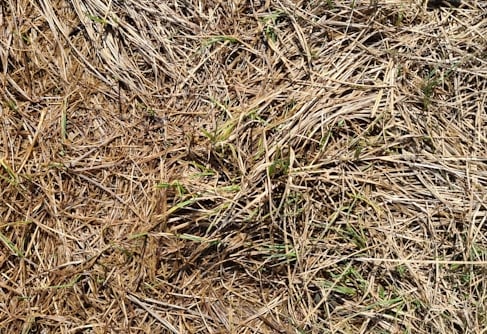

Different Types of Mulch
1. Organic Mulch
Organic mulches are derived from natural sources and decompose over time, enriching the soil. Common types include wood chips, straw, and compost. You can learn more about the benefits of organic mulches here.
2. Inorganic Mulch
Inorganic mulches, such as gravel and landscape fabric, do not decompose. They are effective for long-term weed control and can be used in areas where organic mulch might not be suitable. Discover additional information on inorganic and organic gardening here.
Pros and Cons of Each Type
Organic Mulch:
Pros: Adds nutrients to the soil which improves soil structure, and is environmentally friendly.
Cons: Needs to be replenished regularly, can attract pests.
Inorganic Mulch:
Pros: Long-lasting, effective weed control, low maintenance.
Cons: It does not improve soil health, and can be expensive to install.
Selecting the Right Mulch for Spreading in Your Backyard, in the Rain, or in the Fall
Factors to Consider
When choosing the right mulch for your garden, consider the following factors:
Climate: Some types of mulches are better suited for certain climates. For example, straw works well in dry climates, while wood chips are ideal for temperate regions.
Plant Type: Different plants have different mulching needs. For instance, vegetable gardens may benefit from straw mulch, while perennial flower beds might thrive with wood chips.
Garden Goals: Consider your goals, such as soil improvement, weed suppression, or aesthetic enhancement, when selecting mulch.
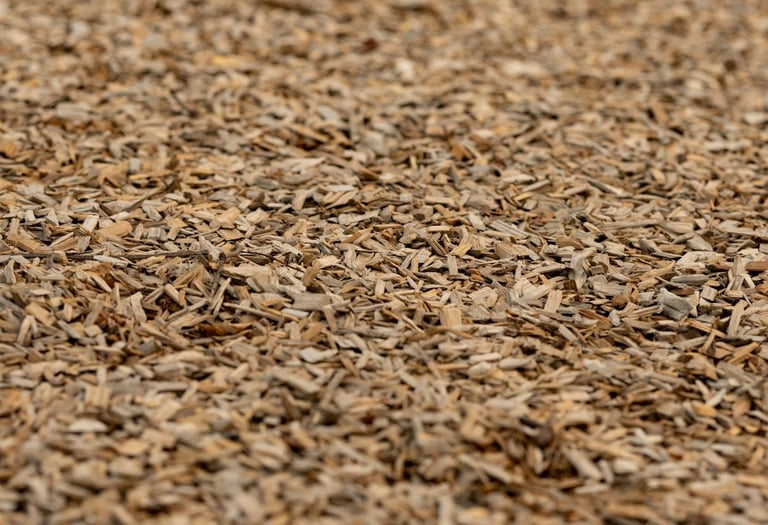



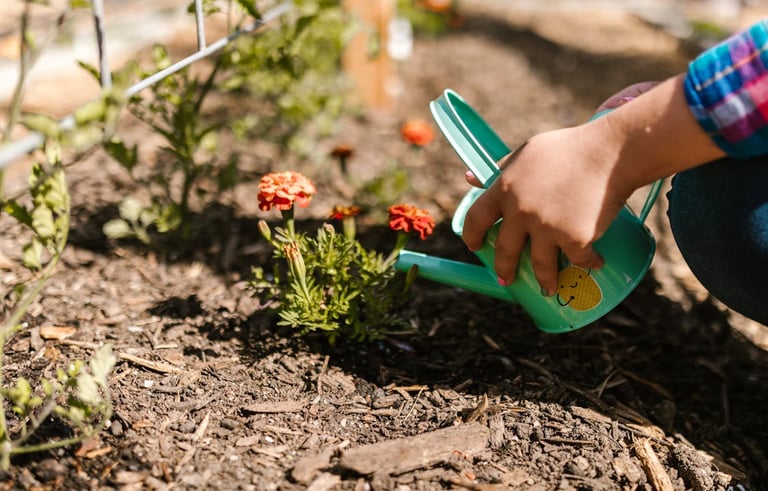



Step-by-Step Instructions for Spreading Mulch
Step 1: Measure the Area
Measure the area you plan to mulch to determine how much material you’ll need. Use a tape measure to find the length and width, and calculate the square footage.
Step 2: Calculate the Amount of Mulch Needed
For most applications, a 2-3 inch layer of mulch is sufficient. Use an online mulch calculator or guidelines provided by mulch suppliers to determine the quantity needed based on your area measurements.
Step 3: Spread the Mulch Evenly
Using a wheelbarrow, spread the mulch evenly across the garden area. Aim for a consistent depth to ensure uniform coverage and effectiveness.
Step 4: Maintain the Proper Depth
A depth of 2-3 inches is ideal for most mulches. Too much mulch can suffocate plant roots, while too little may not provide adequate benefits.
Step 5: Keep Mulch Away from Plant Stems
Avoid piling mulch directly against plant stems, as this can cause rot and disease. Leave a small gap around the base of each plant.
Recommendations for Different Gardening Needs
Vegetable Gardens: Use straw or compost for nutrient-rich mulch.
Flower Beds: We found that wood chips or bark mulch add a decorative touch while providing good soil insulation.
Pathways: Gravel or landscape fabric can create durable, low-maintenance pathways.
Preparing Your Garden for Mulching
Clearing the Area of Weeds and Debris
Before mulching the garden area, it is important to clear the entire area of existing vegetation and debris.
By taking the time to remove unnecessary content, you can lay the foundation for mulch that will benefit the growth of new plants.
This arrangement not only enhances the overall beauty of your garden by creating a beautiful and bright appearance but also plays an important role in promoting health and taking good care of your plants.
Removing weeds and debris from your garden area is important to ensure that your mulch can serve its purpose of providing insulation, retaining moisture, and enhancing the overall beauty of your outdoor space.
Soil Preparation Tips
Proper soil preparation before mulching is crucial to the overall health and productivity of your garden. Start by slowly loosening the topsoil with a rake to improve air circulation and water penetration.
In addition to replenishing the soil by adding nutrients rich in compost, which acts as a good organic fertilizer and promotes the growth of healthy plants.
Following these steps will ensure your garden is ready and encourage successful mulching.
Edging the Garden Beds
One of the most important steps in keeping your garden tidy is trimming the edges of your garden beds.
By creating borders around your beds, you both beautify your entire garden and prevent mulch from spreading to areas you don't want. Use your own shovel or pruning tools to get a clean and reliable one.
Carefully plant along the edge of the bed to create a clear line separating the garden bed from the surrounding area.
This simple yet effective technique can add sparkle to your garden and help your outdoor space look beautiful and well-maintained.
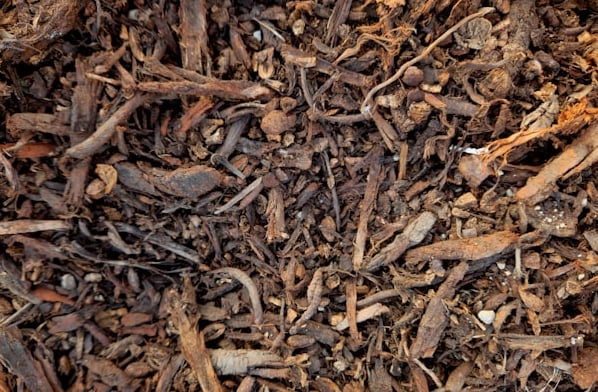





Maintenance Tips After Mulching
Replenish Mulch as Needed
Organic mulch decomposes over time, so you’ll need to replenish it periodically. Check the mulch depth every few months and add more as needed to maintain the 2-3 inch layer.
Monitoring Soil Moisture Levels
Mulch helps retain soil moisture, but it’s important to monitor moisture levels, especially during dry periods. Water as needed to keep the soil consistently moist.
Preventing Common Mulching Problems
Weed Growth: Ensure a thick enough layer of mulch to suppress weeds. If weeds do appear, remove them promptly.
Pest Infestation: Avoid using mulch that might attract pests, like fresh wood chips. Opt for well-composted mulch instead.
Soil Compaction: Regularly fluff the mulch to prevent it from becoming compacted, which can inhibit water and air penetration.
Conclusion
Using mulch in your garden is an important way to increase the vibrancy and visual appeal of your outdoor space. The simple principle of using mulch has many benefits, making it an important aspect of garden maintenance.
By following these tips, new farmers can begin mulching with confidence, resulting in benefits such as better moisture management and better soil quality.
Establishing a well-planned mulching program can improve the overall health and beauty of your garden, proving to be an important and enjoyable feature for anyone with gardening experience in their area.

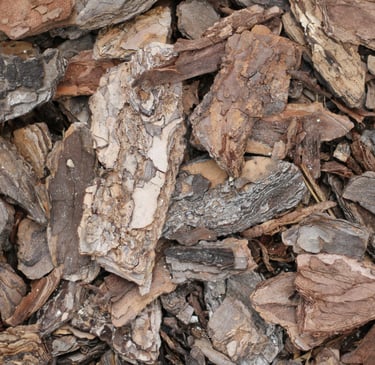
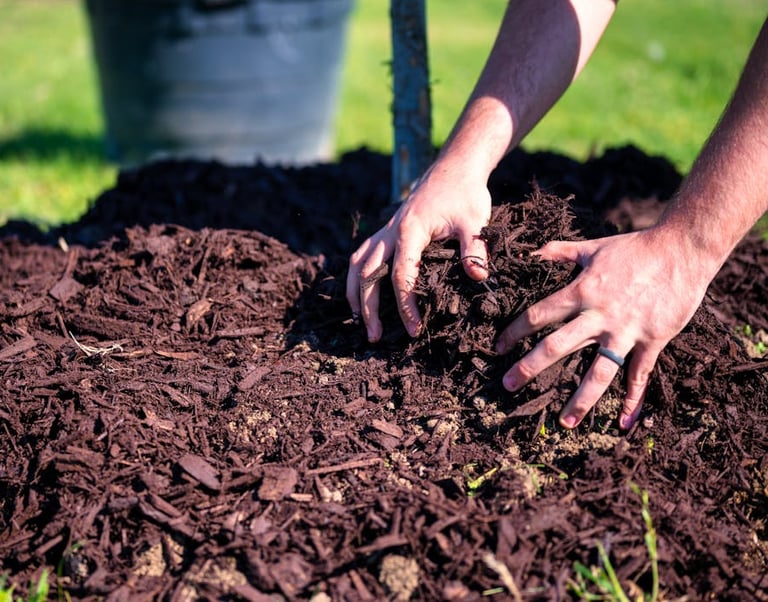



FAQ
What type of mulch is best for vegetable gardens?
Use straw and compost as mulch for the health and productivity of your vegetable garden. Straw helps retain soil moisture and inhibits plant growth, and its slow decomposition makes the soil rich in organic matter.
Compost has similar benefits and provides the nutrients necessary for healthy plant growth.
How often should I replenish mulch in my garden?
It is important to add organic mulch to your garden every few months. Organic mulches such as straw, compost, and sawdust break down over time, becoming less durable and better at retaining moisture and reducing plant growth.
It is important to check the mulch depth regularly to keep it at 2-3 inches for best results. With regular mulching, you can protect your garden, increase the fertility of the soil, and make your plants more beautiful every year by protecting them from harsh weather conditions and plant diseases.
Can I use mulch around all types of plants?
Yes, mulch can be used around any type of plant, but it is very important to choose the type and use it correctly.
For example, straw or compost might be good for a vegetable garden, while sawdust or bark mulches might be better for a flower bed. To prevent rot and disease, it is important to maintain a 2- to 3-inch layer of mulch and avoid piling mulch directly on plant stems.
When should you not spread mulch?
Avoid spreading mulch when the soil is already wet or during heavy rainfall. This can lead to waterlogging and may cause root rot. Also, avoid mulching too early in the spring as it can delay soil warming needed for plant growth.
What is the best tool for spreading mulch?
A wheelbarrow and a pitchfork are the best tools for spreading mulch. The wheelbarrow helps transport the mulch, while the pitchfork allows for easy distribution and even spreading. A rake can be useful for leveling the mulch and ensuring an even layer.
What to do before spreading mulch?
Before spreading mulch, clear the area of weeds and debris to ensure a clean surface. Loosen the topsoil to improve air circulation and water penetration. Edging the garden beds can help contain the mulch and provide a neat appearance.
When should you use mulch?
Mulch should be used throughout the year for various benefits. Spread, apply, and use mulch in early spring to retain moisture and suppress weeds. In summer, it helps keep the soil cool, and in winter, it insulates the soil, protecting plant roots from freezing temperatures.




Sources
Nature and Sustainability uses only high-quality sources, including peer-reviewed studies to support the facts we describe in our articles. Please read our editorial policy to learn more about how we keep our content accurate, reliable, and trustworthy.
Mulching general information: How To Spread Mulch - Epic Gardening, What Is Mulch? (thespruce.com), Mulch | USDA, 13 Types of Mulch (marthastewart.com), Straw Mulch: Uses and Benefits (thespruce.com), When to Mulch (marthastewart.com)
Mulching and soil: 10 ways you can improve soil structure (farmprogress.com), Soil Moisture | Drought.gov, Organic matter - Wikipedia
Other mulching info: 11 Common Garden Pests – Forbes Home
Share this article:
Day By Day Trends Team




Article By:
The Day By Day Trends Writer Team is dedicated to delivering the best insights on Health, Finance, Technology, Behavior, and Tourism. Our experts combine personal experience and research to provide you with informative and inspiring content.
Reviewed and Fact Checked By:


Calin is a gardening expert who knows a lot about gardening and plants. He is the founder of this website and is responsible for most of the content.

